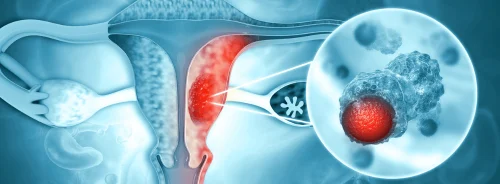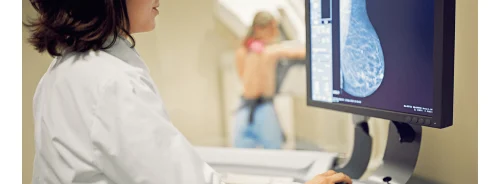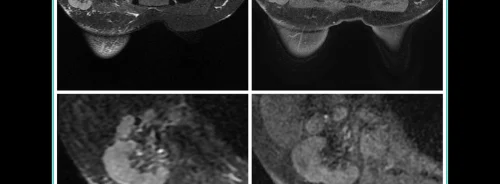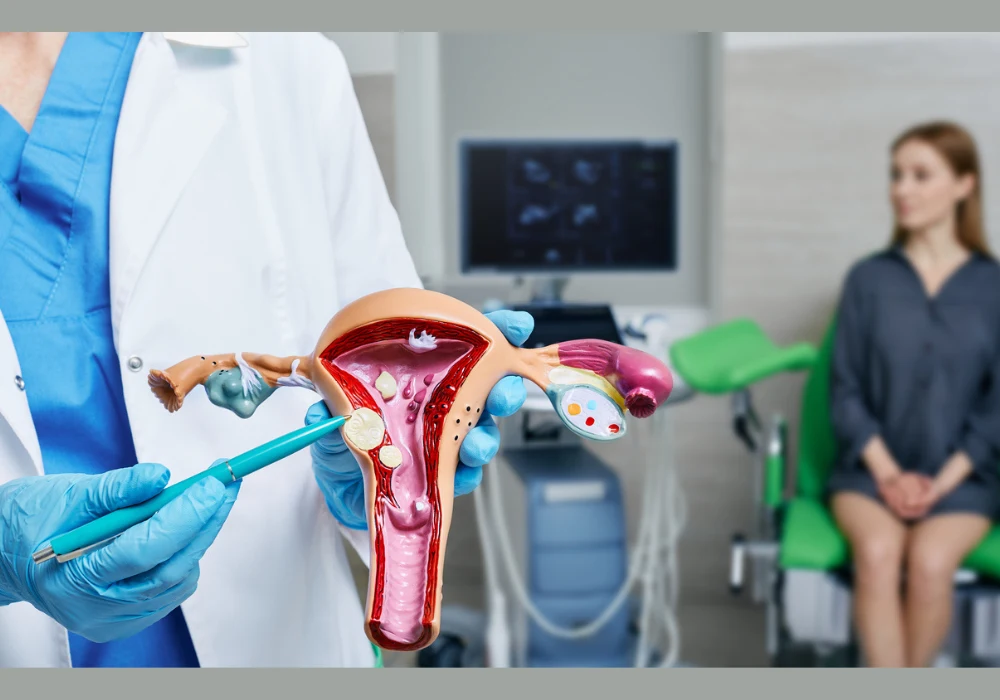A recent survey conducted by The Harris Poll on behalf of the Society of Interventional Radiology reveals a concerning trend in the treatment options offered to women diagnosed with uterine fibroids. Despite the availability of minimally invasive treatments, a significant number of women are still being presented with hysterectomy as their primary option. This article delves into the findings of the survey, the implications of these trends, and the need for increased awareness and education on alternative treatments.
The Prevalence of Hysterectomy over Minimally Invasive Treatments
The survey highlights that over half (53%) of women diagnosed with uterine fibroids were offered a hysterectomy, a procedure involving the complete removal of the uterus. In stark contrast, fewer than one in five were informed about less invasive options such as NSAIDs, uterine fibroid embolisation (UFE), oral contraceptives, or endometrial ablation. This disparity in treatment offerings suggests a significant gap in patient education and physician practices.
John C. Lipman, M.D., FSIR, from the Atlanta Fibroid Centre, emphasises the oversight in not presenting UFE alongside surgical treatments. UFE is a minimally invasive procedure performed by interventional radiologists, which has been proven to be effective and less painful than traditional surgery. Yet, many women remain unaware of its existence, partly because only 40% of those familiar with UFE learned about it from their healthcare providers.
Lack of Awareness and Misconceptions
The survey also uncovers a troubling lack of awareness about uterine fibroids among women. Nearly three-fourths (72%) of women do not know they are at risk of developing fibroids, a condition that affects up to 77% of adult women. This lack of awareness is even more pronounced among younger women, with 56% of those aged 18–34 being unfamiliar with fibroids.
Additionally, there are prevalent misconceptions about treatment options. For example, 17% of women mistakenly believe that hysterectomy is the only treatment available. This misconception is especially high among younger women, with 27% of those aged 18–34 holding this belief. These gaps in knowledge highlight the urgent need for better educational efforts to inform women about their risks and the full range of available treatments.
Disparities in Awareness Among Black Women
The survey findings also reveal significant disparities in awareness and knowledge about fibroids among women of colour. Black women, who have the highest incidence of fibroids, are three times more likely to develop the condition than their white counterparts. Despite this, 36% of Black women and 22% of Hispanic women incorrectly believe they are not at risk.
Furthermore, 50% of Hispanic women and 37% of Black women say they have never heard of or are not familiar with uterine fibroids. These statistics underscore the need for targeted educational campaigns to ensure that all women, regardless of their background, are informed about their health risks and treatment options.
The survey conducted by The Harris Poll sheds light on the critical need for increased awareness and education about uterine fibroids and their treatment options. The over-reliance on hysterectomy and the lack of information about minimally invasive procedures like UFE highlight significant gaps in the current healthcare approach. By improving physician and patient education, particularly among women of colour who are disproportionately affected, we can ensure that all women are empowered to make informed decisions about their health. Healthcare providers must offer a comprehensive range of treatment options to enable women to choose the best path for their individual needs and circumstances.
Source: SIR
Image Credit: iStock






